Electrical Engineering (2nd)
These projects are at the endpoint of a two-semester sequence. They are functionally complete.
Dual-Use Wideband Microphone Array System

Sponsor: NASA TSGC
Student Team: Hannah Louviere, Billy Flores, Jesus Hernandez, Daniel Lewis, Micah Snell, Anthony Woods
Faculty Advisor: Dr. Richard Compeau
Our project is a Dual-Use Wideband Microphone Array System using MEMs microphones to detect both voice and ultrasonic frequencies. The project produces a proof of concept system that monitors the condition of the spacecraft and pressurized volumes by examining the room for anomalous ultrasonic signatures (e.g. gas leaks) and alerts the severity of the problem by sonification, an audible sound, to the NASA crew. The system simultaneously provides an audio communication channel that has the ability to localize and track a speaker in a room for the crew members to talk with one another while achieving high efficiency in detecting hazards on board.
Using 4NEC2 for HF Antenna Design
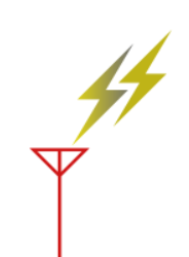
Sponsor: Texas State University, Dr. Rich Compeau
Student Team: Roberto Colon, Jorge Blanco, Dennis Liao, and Drew Schmidt
Faculty Advisor: Dr. Karl Stephan
This Project involves the design, simulation, construction, and verification of an HF antenna that is capable of receiving narrow bandwidths of multiple frequencies on the HF band. The project uses open source software for design and simulation along with Software defined radio for reception and a vector network analyzer for characterization and comparison of results.
Drifter Blue
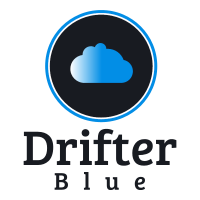
Sponsor: Laura Phoebus
Student Team: Jeremias Celidon-Garcia, Julio Navarro, Eric Mercado, Mandi Renae Palencia
Faculty Advisor: Mr. Lee Hinkle
Drifter Blue has added two communication devices to access water quality data through short distances and remote access. Our short range access is ideal for a low-cost build that high school students can replicate and implement in their communities. Additionally, our long range access is used to obtain data for long periods of time to help Jacobs/NASA track localized climate change.
Heat Island Mapping

Sponsor: Mr. Lee Hinkle
Student Team: Rami Qadder, Jaylen Gilkey, Hunter Russo
Faculty Advisor: Mr. Lee Hinkle
This device is a handheld data logger that will collect temperature and GPS data. This data will be transformed into a Heat Map, which can be used to identify Urban Heat Islands. Urban Heat Islands are urban areas with high temperatures due to poorly planned city infrastructure. City Planners can use heat maps to locate possible heat islands, and take steps to change their infrastructure to lower these temperatures. Heat island warming is responsible for 50% of the global warming seen by climate change
Heat Island Mapping
Sponsor: Texas State University
Student Team: Jose Silva, Andrew Flores, Cameron Muir, Gabriel Montero-Sierra
Faculty Advisor: Dr. Semih Aslan
This device will record temperature and humidity and store the data on a local and cloud storage. Along with a touchscreen display to show last recorded data to the user, a web application will be made for visualization of the recorded data to the user. The handheld device will have a minimum battery life of 4 hours and be able to store at least one month's worth of data.
ASR Heat Island Mapping

Sponsor: Lee Hinkle, Texas State University
Student Team: Samuel Garcia, Robert Schneider, and Amy Akers
Faculty Advisor: Dr. Semih Aslan
Our device will collect and record temperature and humidity data along with the time, date, and location at which the data was collected. While in use, the immediate time and temperature data will be displayed on the device's LCD screen along with a battery indicator. All of the data will be stored locally and transmitted to cloud storage. Once the data is stored it will be used to dynamically create an integrated virtual map detailing the temperature changes along a traveled route.
Project P.L.A.N.T.

Sponsor: Mr. Mark Welker
Student Team: Joel Martinez, Noah Campos, Cody Carlson, Austin Hunt-schley
Faculty Advisor: Mr. Mark Welker
Our project is a highly autonomous hydroponic system designed for outdoor use. The system monitors the general health of the plants and tends to them on a day-to-day basis. The system reduces much of the hassle of taking care of plants and provides a greener alternative to traditional growing.
Smart Leaf

Sponsor: Mr. Mark Welker
Student Team: Josh Meyer, Joseph Wylie, Brogan McGraw, Dereck Ngo
Faculty Sponsor: Dr. Harold Stern
The Smart Leaf, our automated hydroponics system, provides a convenient method of gardening indoors with limited space. With the Smart Leaf, anyone can plant seeds of their choice and be sure that it will be healthy and thriving with minimal maintenance. Our system will be able to detect key information such as pH, temperature and water level and alert the user if any values fall out of the ideal range, provide automated lighting and watering of the plants, and also collect and store the system’s performance data. The data collected will be parsed and uploaded to the cloud where the user can view tables and graphs regarding the system’s performance over time.
GAIA Smart Garden Controller
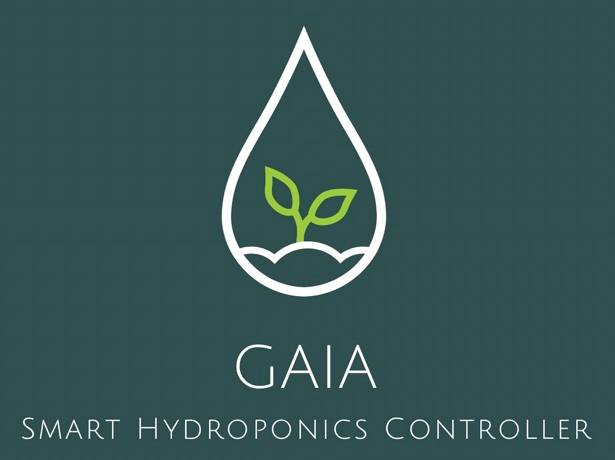
Sponsor: Mark Welker
Student Team: Patrick Schneider, Brandon Sanders, and Jordan Bonn
Faculty Advisor: Dr. Maggie Chen
GAIA is a smart garden controller that allows the user to automate a plants' growing cycle. This system continuously monitors the ambient and water environments by recording data on variables such as pH, water temperature, ambient temperature, humidity and the light levels. The collected data can be viewed locally on the systems touchscreen or remotely using our accompanying Mobile Application. GAIA also allows the user to create schedules via relays, to simulated day and night modes using a 0 – 10 Volt lighting control scheme and external devices.
Automated Hydroponic System

Sponsor: Texas State University
Student Team: Anthony Meza, Kyle Pennington, Thomas Paveglio
Faculty Advisor: Mr. Mark Welker
We are building a hydroponic system automated with microprocessors that are capable of self regulating plant nutrition and supplemental lighting. The design will keep plants alive for seven months while allowing the grower to remotely monitor process information and process status.
Full Home Automation
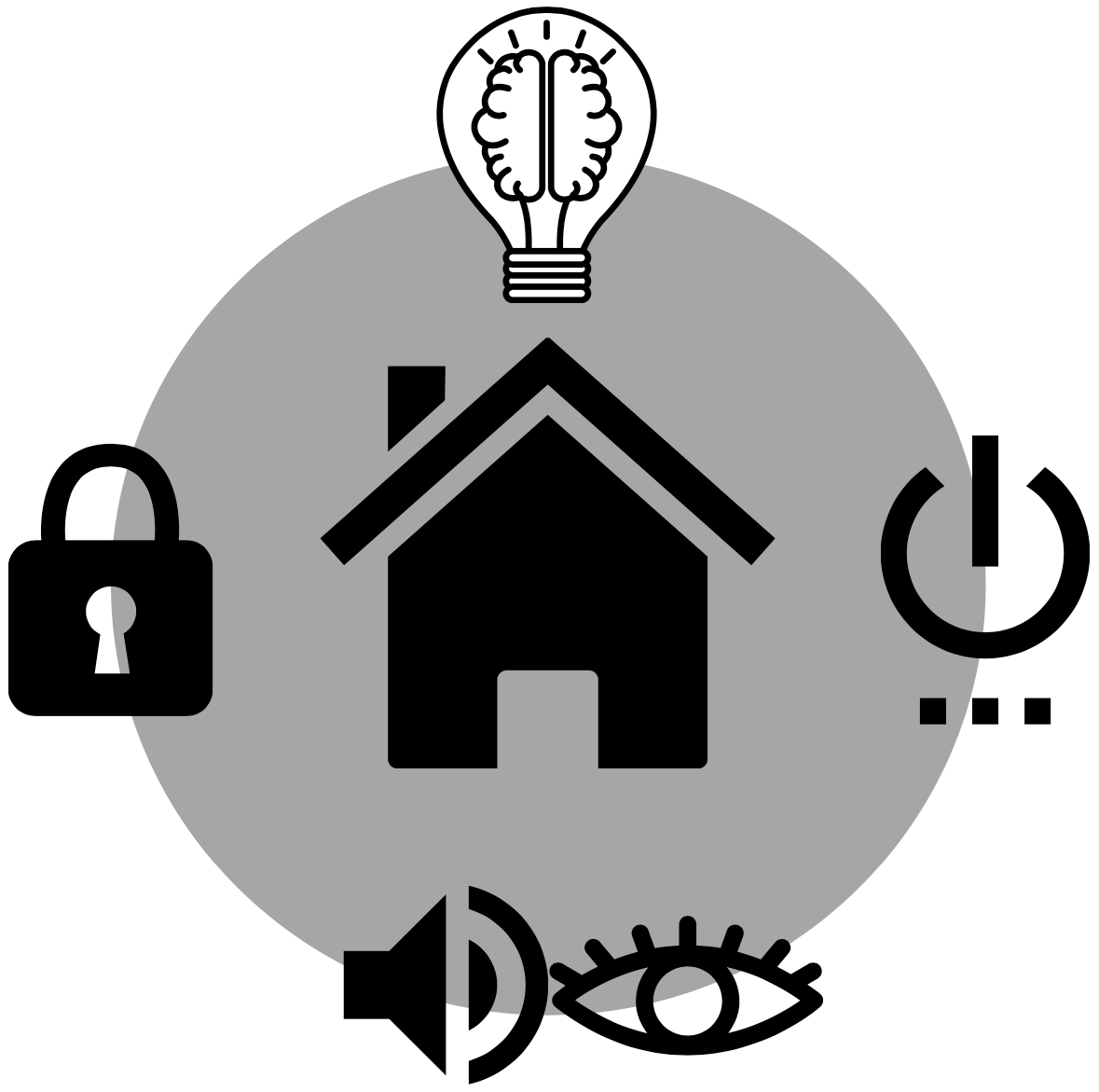
Sponsor: Mr. Jeffrey Stevens
Student Team: Anthony Pummill (PM), Leondre Washington, Javier Benitez Albiter, Damien Pena
Faculty Advisor: Mr. Mark Welker
This project showcases Home automation and IoT utilizing Home Assistant OS. Our team is building a scalable system that will control and/or monitor devices commonly found in the home such as lighting, entertainment, security, and local environmental sensors. Each subsystem will have a variety of controlling mechanisms including voice, emulated, and scheduled events. With monitoring and automation the systems designed in this project help to increase energy efficiency and security of the home while providing more convenience by scheduling and voice controls.
PKAT Automation
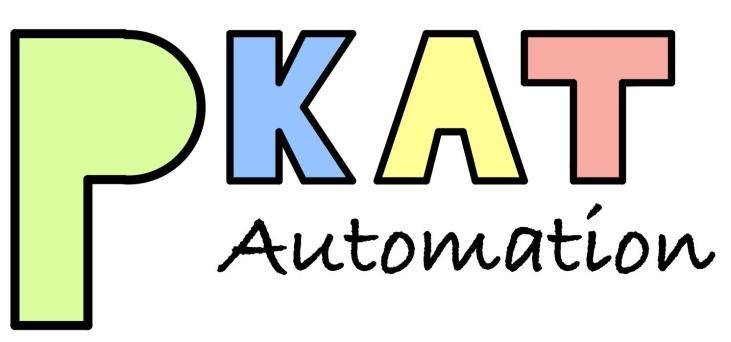
Sponsor: Mr. Jeff Stevens
Student Team: Timothy Pierce, Aaron Loe, Khanh Vo, Patrik Morrison
Faculty Advisor: Dr. Henry Cabra
The PKAT Automation system places all your home systems under one singular hub. Whether you're home or away you'll have full control over all the essential systems of your house like lights, fans, garage door and even security. It also monitors your commute times, connects with Amazon Alexa, and plays music.
Home Automation

Sponsor: Jeff Stevens
Student Team: Hernandez Miguel, Ethan Ortiz, John Frerich, Adam Garcia
Faculty Advisor: Dr. Henry Cabra
Our product is a domestic setup that will be able to control, schedule, and remotely operate smart home devices. This includes a central Hub and various custom devices that our team has developed. The focus of our project is to enable the operation of different compatible devices all within a single application.